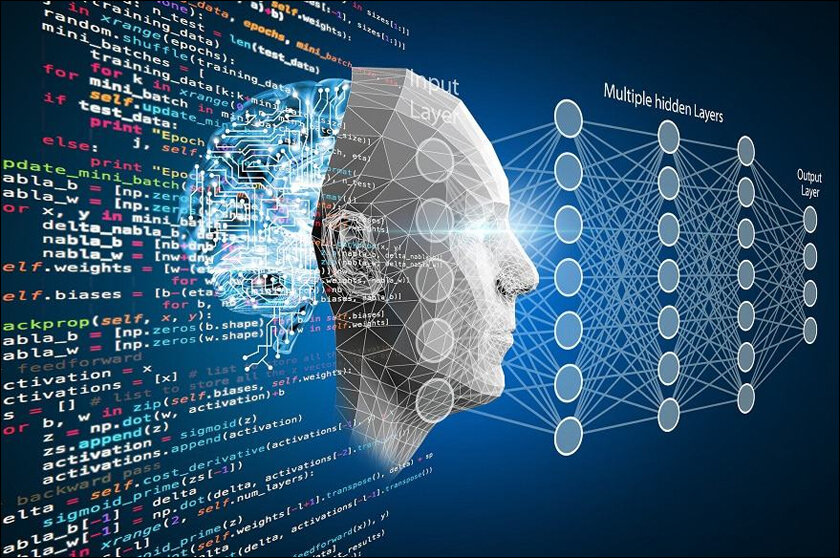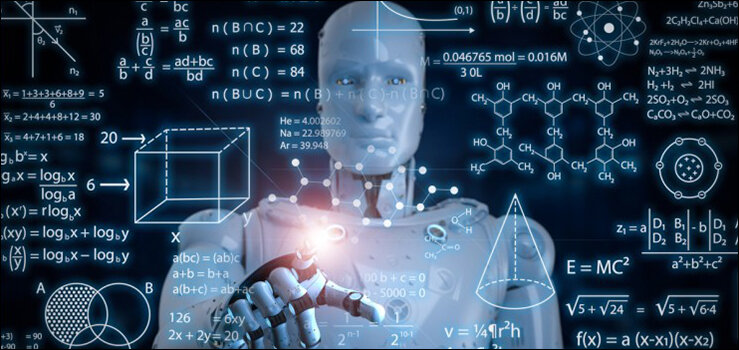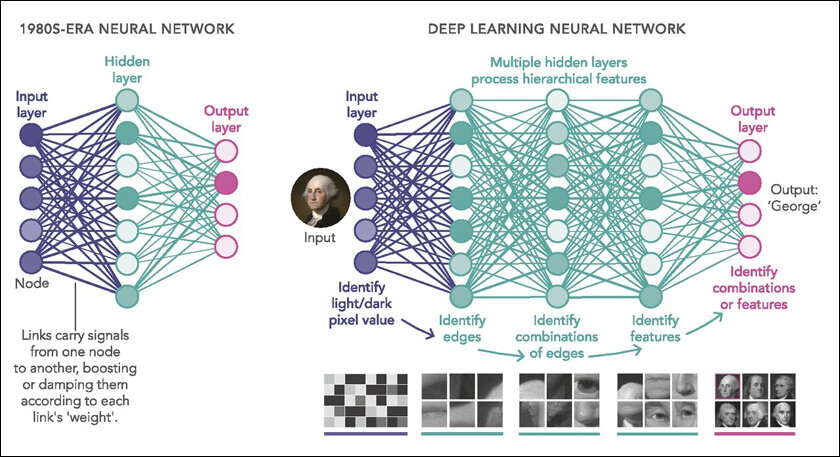Embark on a captivating exploration into the cutting-edge realm of Deep Learning, a revolutionary paradigm within the broader landscape of artificial intelligence.
In this technological odyssey, we delve into the intricate layers of neural networks and algorithms that mimic the human brain‘s ability to learn and make decisions. From unraveling complex patterns in vast datasets to transforming industries with unprecedented breakthroughs, Deep Learning stands as the beacon of computational sophistication.

Join us as we demystify the inner workings of convolutional and recurrent neural networks, uncover the transformative applications in image recognition, natural language processing, and beyond. As the pulse of innovation quickens, discover how Deep Learning is reshaping the future, one neural connection at a time. Welcome to the frontier of artificial intelligence, where machines not only learn but comprehend, adapt, and redefine what is possible in the quest for intelligence.
The term Deep Learning:
Deep Learning is a subfield of machine learning that focuses on the development and training of artificial neural networks to perform tasks without being explicitly programmed. The term “deep” refers to the use of deep neural networks, composed of multiple layers of interconnected nodes or neurons. These neural networks attempt to simulate the human brain’s architecture, allowing them to learn from vast amounts of data and make complex decisions.

In Deep Learning, the network is trained on large datasets, adjusting its weights and parameters through a process known as backpropagation. This enables the network to recognize patterns, classify information, and make predictions on new, unseen data. Deep Learning has shown remarkable success in various domains, including image and speech recognition, natural language processing, and playing strategic games. Its ability to automatically learn hierarchical representations from data has contributed to its widespread adoption and significant impact on diverse technological applications.
The Purpose of Deep Learning and Its Difficulties:
The most crucial thing to keep in mind is that a sizable amount of data is required to fully utilize deep learning. A tiny dataset (like 2k locations) is not enough to produce significant findings. Large-scale resources are also necessary, such as time and processing power.

Deep learning systems may be analyzed only based on their inputs and outputs, without disclosing their fundamental mechanisms. This is the second important feature. Stated differently, their underlying workings and model projections are not amenable to a detailed explanation. This is a problem for businesses when internal policies set limitations on the use of these kinds of devices.
Definitions and Terminology Related to Deep Learning with an Example:
Natural language processing, speech recognition, and computer vision all make extensive use of deep learning. Crucial methods for deep learning are as follows:
Deep Neural Networks (DNNs)
A key element in deep learning in artificial intelligence is deep neural networks. Deep learning (DL) centers on deep neural networks training, among other methods. A class of neural networks known as DNNs consists of numerous layers of connected nodes, or neurons. They are useful for a variety of applications, including image recognition and natural language processing, since they can recognize and describe intricate patterns and relationships in data.

Our deep learning efforts rely heavily on deep neural networks (DNNs). Our flagship research and development project serve as an example of how they are used, as we were able to precisely count and classify microorganisms grown on Petri dishes using deep learning algorithms.
A system that automatically determines whether workers in an auto production are wearing masks is another application case. Among other things, we employed deep neural networks to make it efficient.
Feedforward Neural Networks (FNN)
The three layers of a feedforward neural network (FNN) are the input layer, the hidden layers, and the output layer. Without feedback loops, information moves from input to output in a single path. For example, given input data such as word frequency, a FNN could predict, given a binary classification job, whether an email is spam (1) or not (0).

To create precise predictions in the output layer, the network learns weights for each node in the input layer, which represents a feature. Financial forecasting and picture categorization are only two of the many applications that FNNs can be used for because of their efficiency and simplicity.
Convolutional Neural Networks (CNNs)
CNNs are particularly good at image analysis and computer vision jobs since they are a kind of DNN. Convolutional layers are used by them to automatically learn from and identify features in the input data. For tasks like object detection, facial recognition, and picture classification, convolutional neural networks have proven essential.
For instance, by generating a density map, we were able to recognize and count items using the CNN technique. We used data with annotations that resembled points to train the model.

Generative Adversarial Networks (GANs)
As a subclass of CNNs, generative adversarial networks (GANs) are made up of a generator and a discriminator neural network that are trained in parallel under competitive conditions. While the discriminator attempts to discern between genuine and synthetic data, the generator produces data. In the fields of generative art and deepfake production, GANs are crucial for producing realistic images, texts, and other types of data.
For instance, we have created a visual identity for a clothing brand using the GAN approach. It was the first time that brand enthusiasts used AI to develop a dynamic corporate identity.
Moreover, we created artificial images of bacteria and fungi in Petri plates using generative adversarial networks. Generating samples that were absent from the initial dataset was our goal.
Autoencoders
Unsupervised learning methods called autoencoders seek to acquire compact representations of incoming data. They often fall within the larger category of convolutional neural networks. They are made up of a decoder that reconstructs the data from the latent space and an encoder that maps input data to a lower-dimensional latent space. Applications such as data compression, anomaly detection, and picture denoising employ autoencoders.
For instance, we created an automated shrimp counting system in an industrial farm setting using autoencoder models.

Reinforcement Learning
Algorithms of the autonomous sort are reinforcement learning algorithms. An agent in reinforcement learning (RL) engages with an environment to learn how to make a series of decisions. The agent’s objective is to figure out a strategy that maximizes the cumulative reward over time. It gets feedback in the form of rewards or punishments based on the activities it does. It can be used for many different things, such as computer games, control tasks, and autonomous robotics.
You may read more about reinforcement learning in relation to our participation in the Unity Obstacle Tower Challenge. Creating an agent that could navigate the environment and get the best possible score in the allotted time was the task’s goal.
Self-supervised Learning
By generating supervised learning tasks from the data, this self-supervised network training method makes use of unlabeled data to train models. It has been applied to many tasks, such as pre-training models for tasks that come after, feature learning, and image and text representations.
We use Wav2Vec 2.0, a deep learning model for automatic speech recognition, as an example. Its main purpose is to translate spoken words into written language. To improve its performance, it uses self-supervised learning strategies.
Conclusion:
Deep learning powers several applications in computer vision, natural language processing, speech recognition, and other areas of artificial intelligence, making it a dominant force in the industry today. With businesses and academics constantly pushing the limits of what is possible with deep neural networks, it is still advancing quickly.
To achieve your business goals, make use of our vast experience working on deep learning initiatives. Start developing your product concept with a free one-hour consultation.









